We’ve rounded up the best altcoin projects that will explode in 2023 and during the next bull run. Bitcoin and Ethereum are important for both individual and institutional investors. It also remains the most popular cryptocurrencies. On the other hand, there are many crypto projects with more bullish potential in 2023. Here are those cryptocurrencies.
Altcoin Solana
Altcoin Solana is attracting a lot of attention from both the tech and investment communities. In this context, it is an innovative, high-performance and permissionless blockchain. Solana valuable cryptocurrency built with the aim of scaling blockchain for global adoption. It has a new design and a unique set of technologies that set it apart from other blockchain platforms. The backbone of Solana’s performance lies in its architectural innovations.
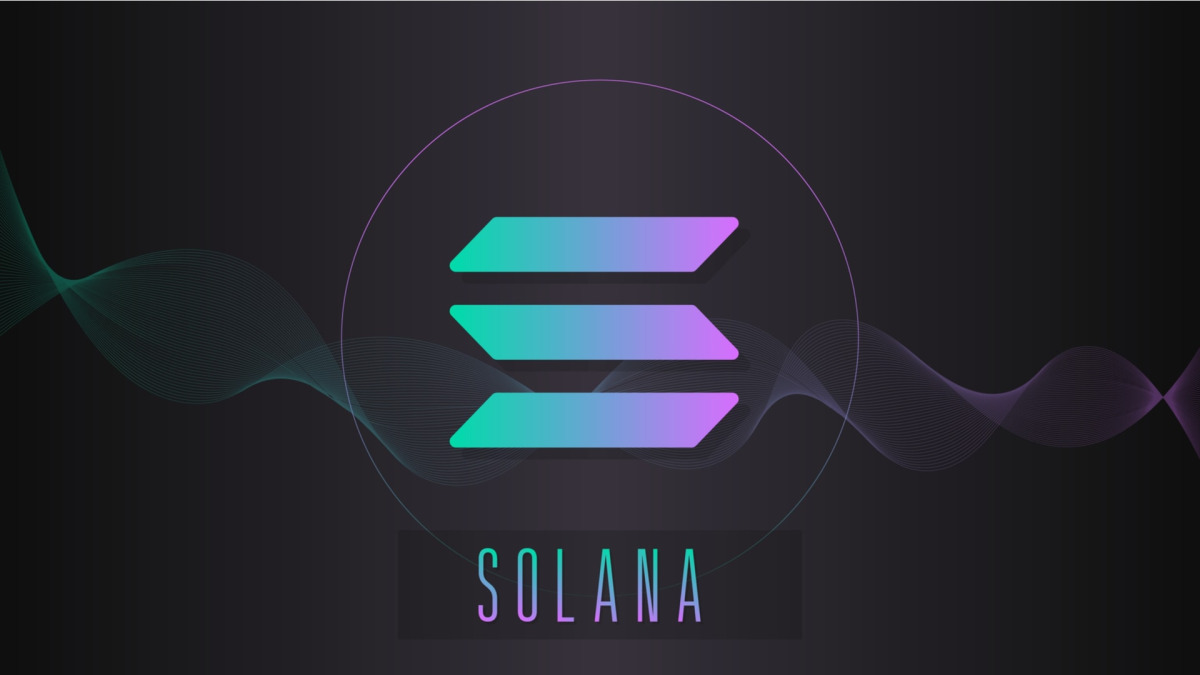
Unlike traditional blockchain networks that face scalability issues due to increasing transaction volumes, Solana is in a different position. Accordingly, it was built with a vision to support thousands of transactions per second without sacrificing security or decentralization. Its design maintains trust across the network. It includes Proof of History (PoH), a unique timestamp system that enables high-speed processing.
Proof of History
Proof of History is essentially a cryptographic timestamp that allows the blockchain to track the order and time of its transactions, without the need for each node to observe and acknowledge the state of the network. PoH encodes the passage of time within the blockchain itself. Accordingly, it helps to increase the speed and efficiency of consensus algorithms. Solana has a unique PoH-based consensus model called Tower BFT. However, the platform achieves unparalleled performance and security.
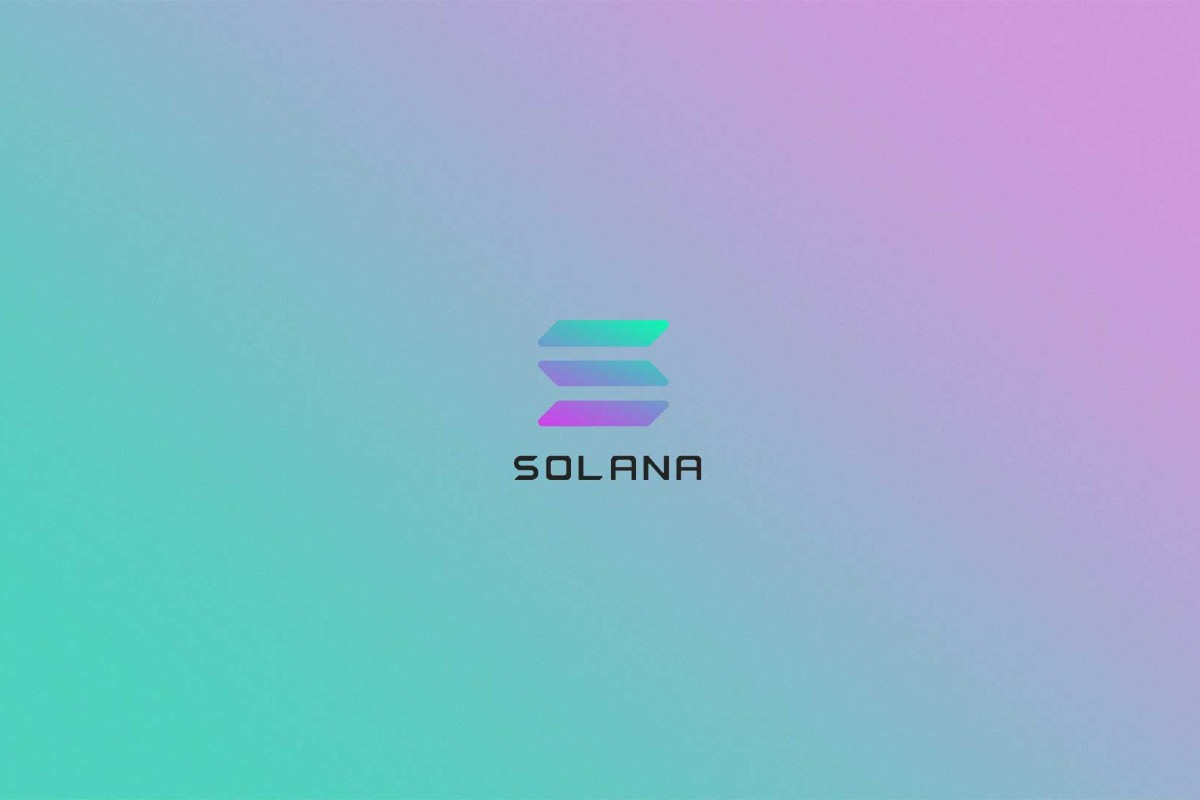
Besides PoH, Solana also employs some other groundbreaking technologies that contribute to its superior performance. One of these technologies is Turbine, a block propagation protocol that reduces bandwidth requirements for data transmission by dividing data into smaller packets and makes it easier for validators to process transactions. This approach is similar to a high-speed internet connection, providing uninterrupted streaming of high-definition videos.
Other important technologies
Another key technology used by Solana is Gulf Stream, which carries transaction caching and forwarding to the edge of the network. This allows validators to process transactions ahead of time. It also shortens confirmation times and increases the network’s capacity to process transactions. Sea Level, Solana’s parallel smart contracts runtime, has an important feature. Accordingly, it enables simultaneous operations on the same state block, increasing efficiency. There’s also Solana’s horizontally scaled account database Cloudbreak. On the other hand, there is the Pipelining system, which is a transaction processing unit for validation optimization. Both contribute more to the overall performance of the Solana network.
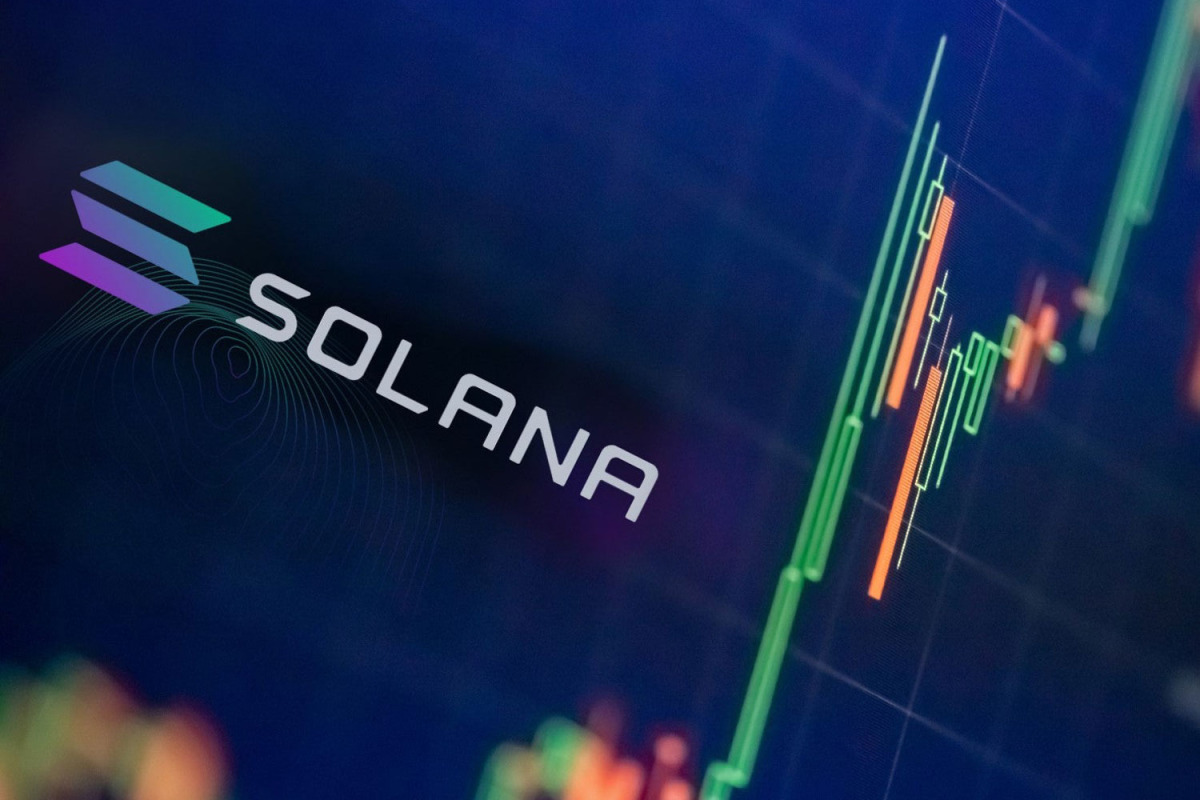
This suite of features allows Solana to process up to 65,000 transactions per second with sub-second precision. On the other hand, it makes it one of the fastest blockchain networks in existence. Another distinctive aspect of Solana is its native cryptocurrency SOL.
Cryptocurrency SOL
Altcoin SOL is used for transaction fees and staking, a process where users can earn additional SOL by helping secure the network. Altcoin SOL is also used in Solana’s on-chain governance program, where token holders can vote on various proposals to influence the future development of the platform. Solana’s commitment to scalability and speed hasn’t gone unnoticed as it attracts applications from decentralized exchanges to stablecoins and prediction markets. It has received a lot of attention as a potential Ethereum competitor due to its scalability and low transaction costs.
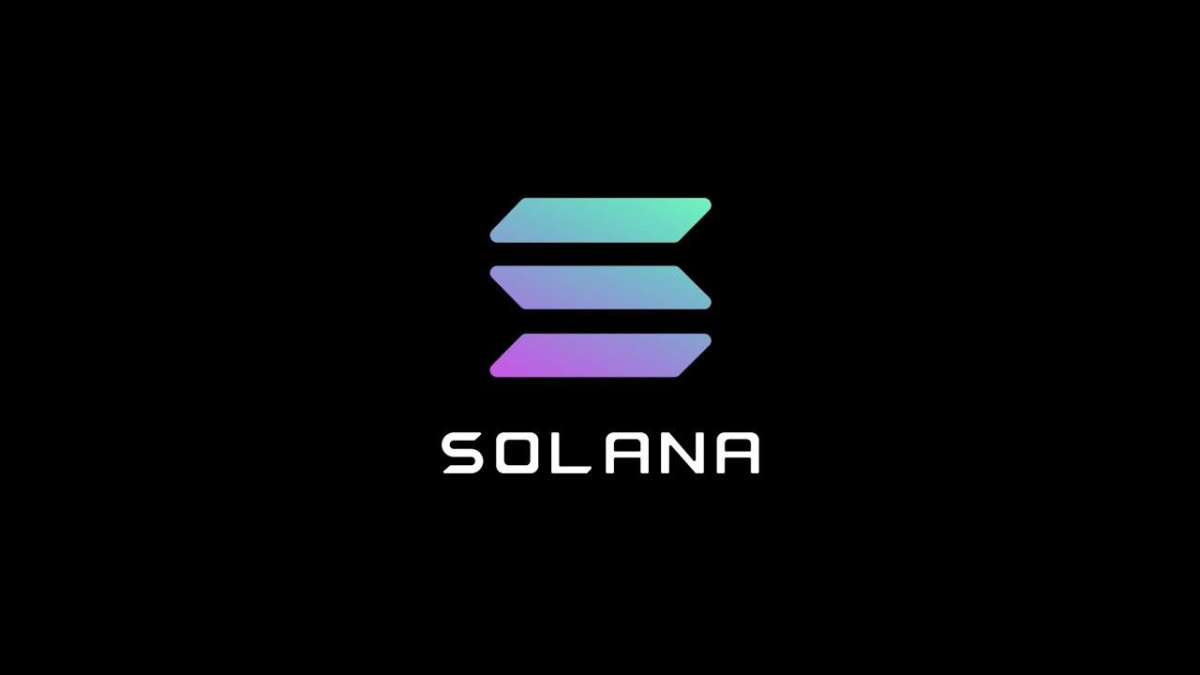
Developers are increasingly attracted to altcoin Solana for its ability to handle sophisticated and high-volume applications with ease, allowing them to create more complex and scalable DApps. Moreover, Solana’s ecosystem has grown rapidly with the involvement of a large number of developers, projects and institutions. This growth has been facilitated by the Solana Foundation’s grant program, which provides financial support to projects that contribute to the Solana ecosystem.
Altcoin Chainlink
Chainlink is a decentralized oracle network that enables smart contracts on the blockchain to interact securely with real-world data and external APIs. Developed in 2014, Chainlink solved what is known as the “oracle problem”. Accordingly, it is a robust blockchain technology emerging as a major player in the decentralized finance (DeFi) ecosystem and the wider blockchain space.
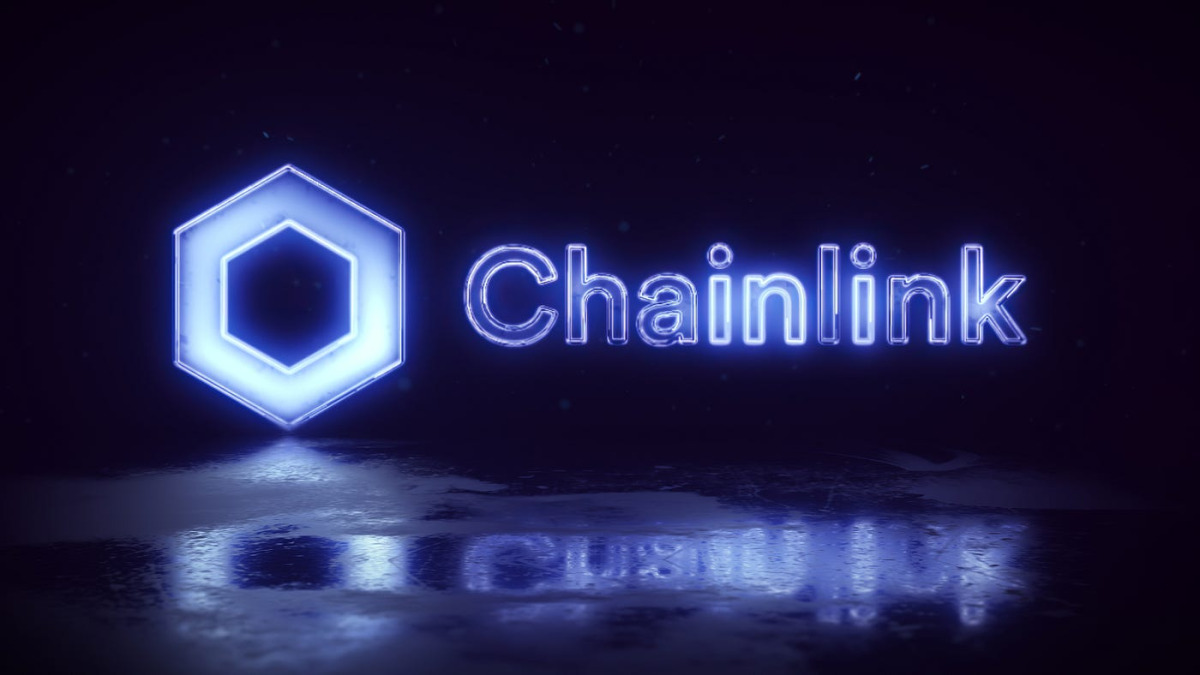
The Oracle problem arises due to the nature of blockchain networks. These are closed systems that cannot natively access off-chain data. Therefore, for blockchain applications to interact with the world outside the blockchain, they need external data sources known as oracles. However, if a decentralized application relies on a centralized oracle, the entire system risks centralization. It also defeats the purpose of blockchain technology. Chainlink solves this problem by providing a decentralized oracle network that provides reliable and leak-proof data to the blockchain.
Chainlink’s decentralized network
Chainlink’s decentralized network consists of multiple independent oracles that receive and validate data before it is added to the blockchain chain. The network relies on a reputation system to promote honesty and integrity among its nodes (oracles). High fidelity nodes are rewarded with LINK tokens, Chainlink’s native cryptocurrency, while those providing false information will be penalized.

Chainlink’s innovative design extends beyond the decentralized oracle network. The protocol uses something called service level agreements (SLAs) to match smart contracts with eligible oracles. The SLA defines the terms for the oracle service, such as data type, number of oracles required, data delivery speed, and non-compliance penalties. This SLA system and reputation system provides a robust mechanism to ensure that the data fed into smart contracts is accurate and reliable. It also reduces the risks associated with inaccurate or falsified data.
Smart contracts via Altcoin Chainlink
Moreover, through Chainlink, smart contracts can be fed with a multitude of data inputs, including but not limited to market prices, temperature, weather conditions, and other IoT data. It also greatly expands the potential use cases for smart contracts. Chainlink’s native cryptocurrency altcoin LINK plays a very important role in the network. It is used as payment currency for data requesters who want to access data services. LINK tokens are also used to incentivize nodes to maintain data fidelity and participate in the network.
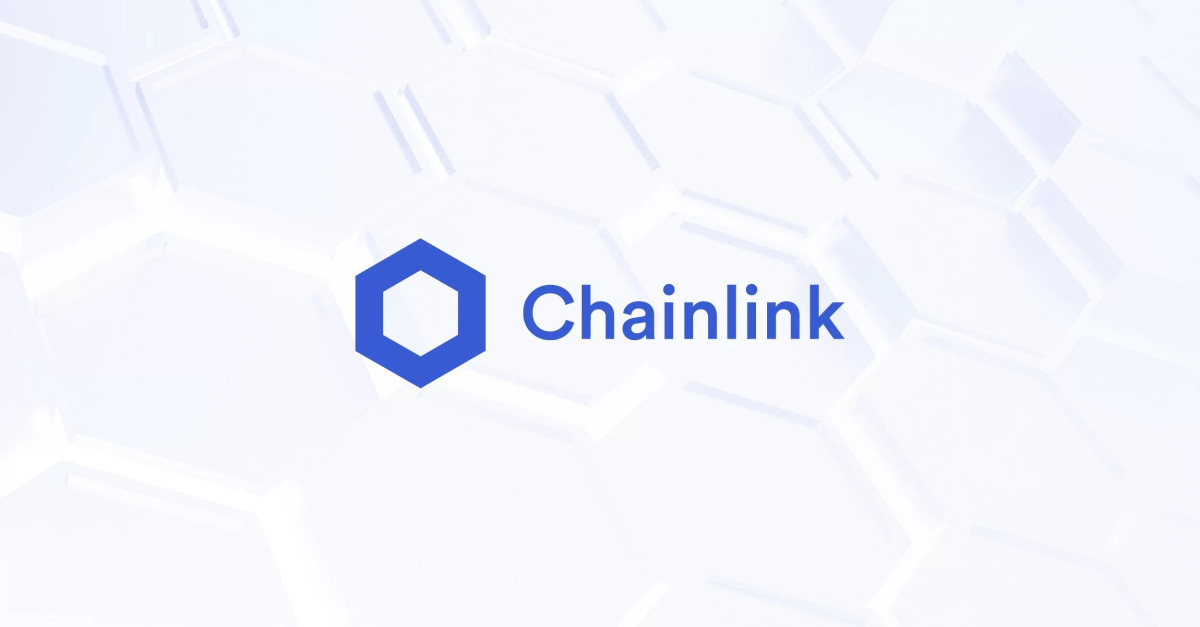
Nodes are required to deposit LINK tokens as collateral. On the other hand, any deviation from accurate reporting may result in deductions. This model creates an economic incentive for nodes to act in the best interests of the network. Beyond its core function as a decentralized oracle service, Chainlink has demonstrated remarkable versatility by enabling functions such as Decentralized Finance (DeFi) applications, gaming, insurance and more. For example, in DeFi, Chainlink’s Price Feed services allow the use of reliable, leak-proof, high-quality price data by decentralized exchanges, lending platforms, and other DeFi applications.
Altcoin Monero
Denoted by the altcoin XMR symbol, Monero is a leading cryptocurrency known for its outstanding commitment to privacy and security. Unlike many cryptocurrencies that offer a degree of privacy, Monero is specifically designed to make it as difficult as possible for outside observers to track transactions. Its development and acceptance is supported by a community that shows the highest respect for privacy and decentralization.
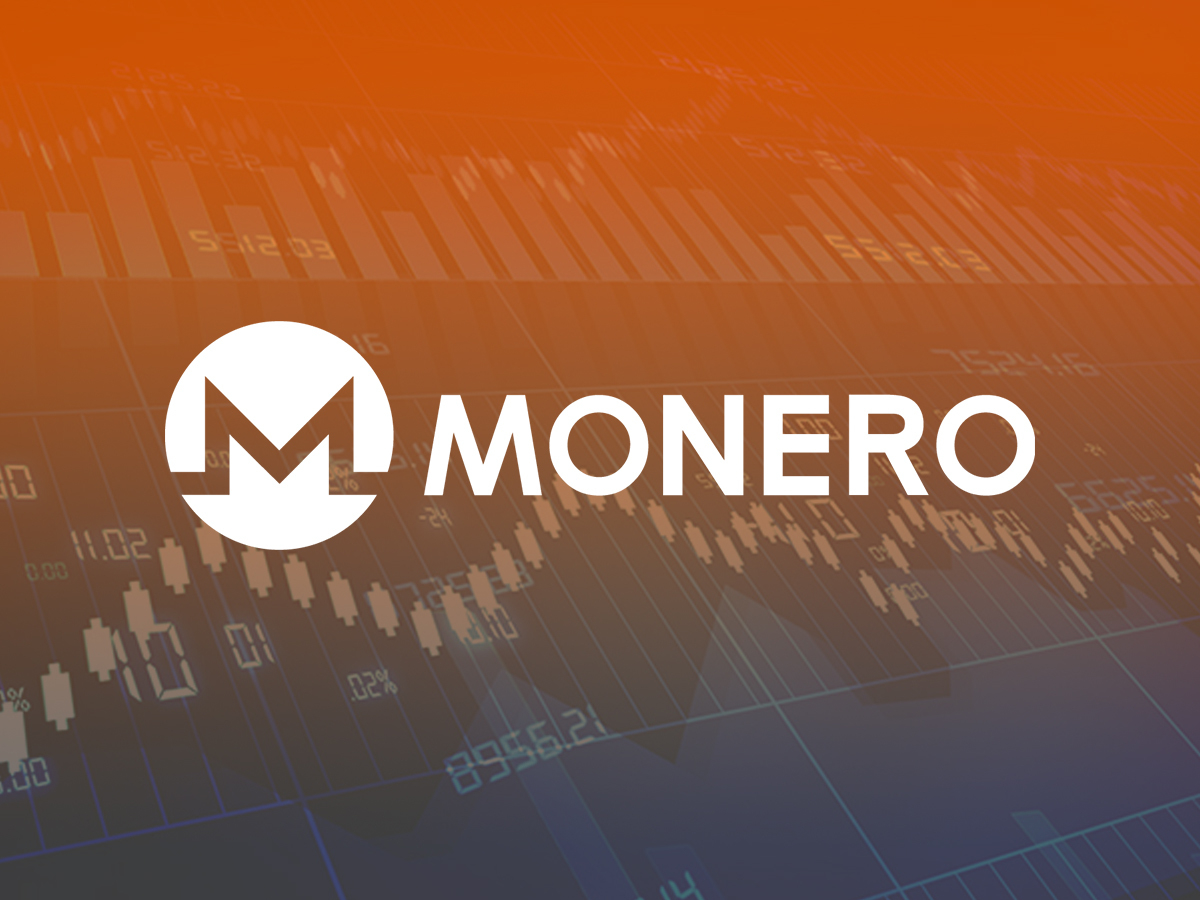
Introduced in 2014, Monero offers significant privacy improvements compared to the Bitcoin protocol. It is based on one such technology, the CryptoNote protocol, according to Buan. Unlike Bitcoin’s transparent blockchain, where addresses and transactions can be directly traced, Monero is different. It uses a number of mechanisms to hide information and ensure transaction confidentiality. One such mechanism is ring signatures, a type of digital signature where a group of potential signers come together to form a distinctive signature authorizing a transaction. This method makes it nearly impossible to determine which member’s keys are used for the signature and thus who initiated the transaction.
Hidden addresses
Monero also uses private addresses, which are one-time addresses that are generated for each transaction on behalf of the recipient. This adds another layer of privacy by making it impossible for transactions to be linked to the real address of the recipient. Additionally, Monero uses Ring Confidential Transactions (RingCT), which hides the transaction amount from everyone but the sender and receiver. With these features, Monero provides an unmatched level of privacy. Every transaction is secure, untraceable and unlinkable. This makes it a preferred choice for individuals who place a high value on privacy.
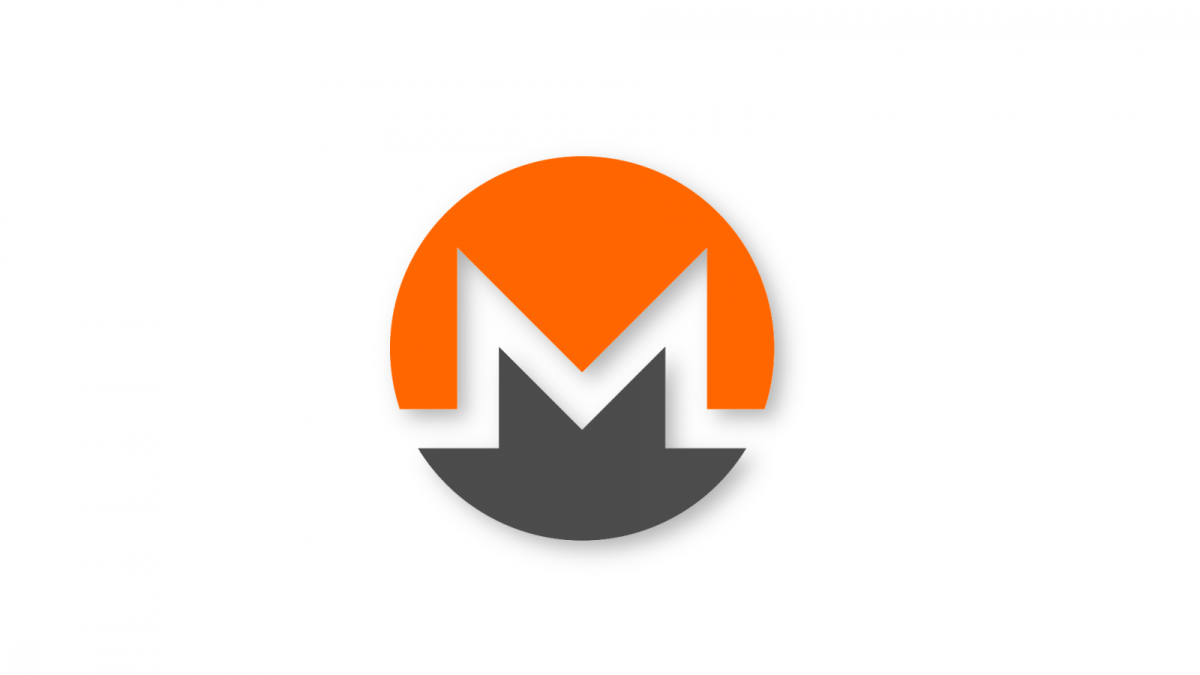
Unlike many other cryptocurrencies, Monero’s block reward does not have a fixed cap. Instead, the difference will be when the total number of Monero coins reaches 18.4 million. The system will switch to a ‘tail emission’ and release 0.6 XMR per block indefinitely. This approach helps secure the network in the long run by providing continuous incentives for miners. Monero also addresses the issue of fair mining. Many cryptocurrencies face centralization concerns due to the emergence of Application-Specific Integrated Circuits (ASICs), which can lead to concentration of mining power. Monero alleviates this issue by using an ASIC-resistant Proof of Work algorithm called RandomX. This algorithm will be efficient on consumer grade hardware. It is also designed to make mining more democratic and preserve the decentralized nature of the network.
Altcoin XMR
Monero’s native token, altcoin XMR, serves multiple purposes within the network. It is used as a medium of exchange, a store of value, as well as a reward for miners who verify transactions and secure the network. It is important to focus on privacy and security. It has led to the adoption of Monero for a number of applications where these features are particularly valuable. It should be noted, however, that the emphasis on privacy is not without controversy. Monero has been used in illegal activities due to its untraceability. Accordingly, this situation has led to debates about its legality. This is a challenge facing the entire privacy coin industry. In addition, many people believe that a balance must be struck between protecting privacy and preventing illegal use.
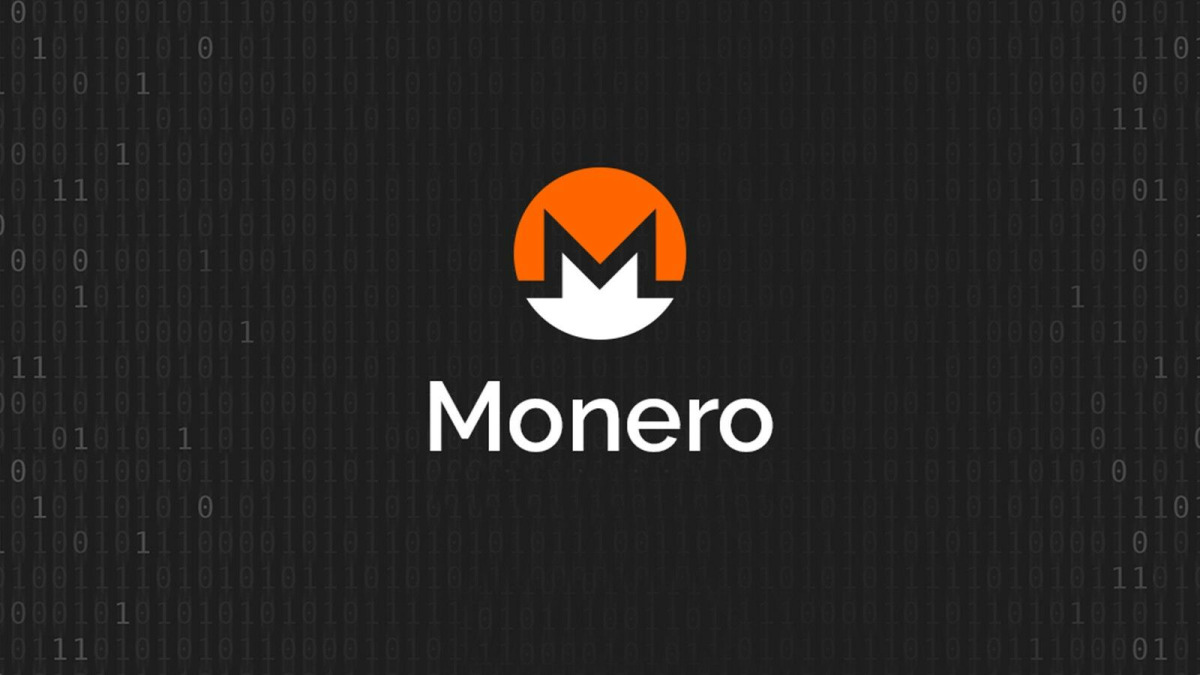
Despite these challenges, Monero’s development and adoption has been solid. Developers who believe in the need for private, uncensored transactions support the project. In addition, a vibrant community of users and advocates actively supports the project. The Monero community also has startups that help fund new projects and developments. Accordingly, it emphasizes grassroots development and contribution through numerous initiatives such as the Community Crowdfunding System. All in all, Monero stands as strong proof of the privacy potential in the blockchain space. It brings together innovative technologies such as ring signatures, private addresses and RingCT. cryptocoin.comIt provides a level of privacy that few other cryptocurrencies can match.





